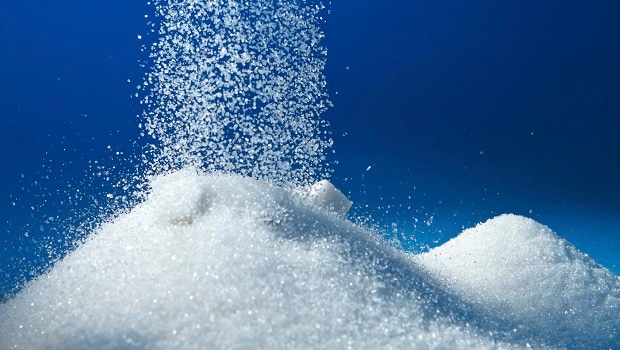Today, educated consumers are scrutinizing their beverages for sources of sugar to cut back on the sweet stuff. Packaged Facts reported nearly 70 percent of consumers are actively scaling back on sugar consumption, and 66 percent of consumers consider sugar content when making a purchase.
November 14, 2018

One of today’s biggest considerations for food and beverage manufacturers is the worldwide prevalence of obesity, which has nearly tripled between 1975 and 2016. More than 1.9 billion adults aged 18 years and older were overweight in 2016. Of these more than 650 million adults were obese. Overall, about 13 percent of the world’s adult population were obese in 2016.
The latest data from the Centers for Disease Control and Prevention (CDC) reports nearly 40 percent or 93.3 million U.S. adults and 18 percent or 13.7 million children and adolescents are obese.
The food industry can play a significant role in in promoting healthy diets. In 2012, the Institute of Medicine (IOM) issued a report outlining five goals for preventing obesity—one of which was making healthy food and beverage options available and affordable.
Though cultures around the world differ widely in their cuisines, music and traditions, there is one thing they all seem to have in common: a bit of a sweet tooth. Of the five basic tastes—sourness, saltiness, bitterness, umami and sweetness—the last one is the only one that is regarded as pleasurable across most, if not all, cultures, reported Packaged Facts in its April 2016 “Food Formulation Trends: Ingredients Consumers Avoid, 2nd Edition” report.
Where preferences for sweetness have become a problem, though, is in developed countries where added sugar is now in the hot seat as one of the main drivers for obesity and cited as a cause for many health concerns.
According to the USDA’s 2015-2020 Dietary Guidelines for Americans (DGAs), added sugars contribute almost 270 calories per day to American diets, with the highest counts reported in children, adolescents and young adults. While sweet baked goods and candy often have been blamed for increased sugar consumption, the truth is consumers aren’t eating their sweets as often as they are drinking them. Packaged Facts reported beverages, including soft drinks, fruit drinks, energy drinks, sweetened coffee and tea, and flavored waters, account for almost half (47 percent) of all added sugars consumed by the U.S. population.
The problem? While added sugar has been known to increase risk of diabetes, obesity and cavities, new research has linked increased sugar consumption with a range of other health issues like heart disease, hypertension, stroke, gout, periodontal disease, fatty liver disease and more, noted the University of California. Plus, unlike sweet baked goods and candy, which are known indulgences, added sugar has historically lurked undetected in beverages perceived to be healthy like juice, tea and flavored water. No longer.
Today, educated consumers are scrutinizing their beverages for sources of sugar to cut back on the sweet stuff. Packaged Facts reported nearly 70 percent of consumers are actively scaling back on sugar consumption, and 66 percent of consumers consider sugar content when making a purchase. In all, almost three-quarters of U.S. consumers are concerned about the amount of sugar they consume, and one-third is extremely concerned.
As a result, sales of “sugary” drinks like soda and juice are suffering. According to data from SPINS, sales of shelf-stable soda and carbonated beverages remained flat during the 52 weeks ending Aug. 12, 2018, posting 1 percent growth. However, the category’s stability is largely thanks to the excitement surrounding sodas sweetened with a blend of stevia and other natural alternatives, which posted 30.4 percent growth in sales during the same period. International brands such as Coca-Cola and PepsiCo are adapting, launching varieties like Coca-Cola Life and Pepsi True, both reduced-calorie colas sweetened with a blend of sugar and stevia.
Juice is having a similarly rough go of it, posting 1.3 percent sales declines, thanks to subpar performances by orange juice (down 3.2 percent) and other conventional offerings. The silver lining, though, is when SPINS segments out the natural juices on the market, those sweetened with stevia posted 11.4 percent dollar increases.
Despite this, juice still has some ground to make up with consumers. The sugary stigma of juices plagues the category, as Mintel reported 41 percent of U.S. consumers who don’t purchase 100 percent fruit juice say they don’t buy it because it’s high in sugar. Of the consumers who will purchase such beverages, more than half say they read the nutritional labels. As it turns out, sugar content is rising steadily in the minds of clean label and conventional beverage shoppers as a topic to consider at retail.
For more on this topic, download Food Insider Journal’s 2018 Digital Magazine “Natural spells sweet success for beverages.”
You May Also Like




.png?width=800&auto=webp&quality=80&disable=upscale)